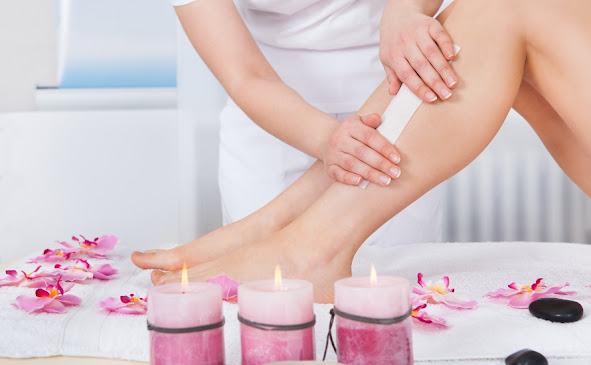Featured
- Get link
- X
- Other Apps
Do’s And Don’ts After Body Waxing
Body waxing is a popular hair removal method that involves the application of hot or cold wax on the skin, which is then removed along with the unwanted hair. It can be done on various parts of the body, including the legs, arms, underarms, bikini area, and face. While waxing can leave your skin smooth and hair-free, it can also cause discomfort and skin irritation if not done correctly. Going for salon services at home is a better alternative to staying away from harm. Therefore, it is essential to know the do's and don'ts after body waxing to ensure that you maintain healthy, smooth skin. In this article, we'll explore some essential tips that you should follow after body waxing.
Do: Moisturize your Skin
After body waxing, it is crucial to moisturize your skin regularly to prevent it from becoming dry and flaky. Waxing can strip the skin of its natural oils, making it more prone to dryness and irritation. Therefore, apply a gentle, fragrance-free moisturizer to the waxed area to keep your skin hydrated and healthy. Aloe vera gel is an excellent natural moisturizer that can soothe your skin and reduce inflammation after waxing. All of these tips and elements will be granted to you through waxing-at-home services as well.
Don't: Wear Tight Clothing
Avoid wearing tight clothing immediately after waxing, as it can irritate the skin and cause ingrown hairs. Tight clothing can rub against the waxed area, leading to redness, irritation, and discomfort. Instead, opt for loose-fitting clothing made of breathable materials like cotton or linen. Loose clothing will allow your skin to breathe and prevent sweat and bacteria buildup in the waxed area.
Do: Exfoliate Regularly
Exfoliating your skin is an important part of post-waxing care. Exfoliating removes dead skin cells and unclogs hair follicles, which can prevent ingrown hairs. However, wait at least 24 hours after waxing before exfoliating, as your skin will be sensitive and prone to irritation. Use a gentle exfoliating scrub or brush to remove dead skin cells and improve blood circulation to the waxed area.
Don't: Use Hot Water or Steam
Avoid exposing your waxed skin to hot water or steam for at least 24 hours after waxing. Hot water can cause the skin to become more sensitive and prone to irritation, while steam can cause sweating, leading to bacterial infections. Therefore, take a cool shower or bath after waxing and avoid using hot tubs, saunas, or steam rooms.
Do: Apply Sunscreen
Protect your skin from the sun's harmful UV rays by applying a broad-spectrum sunscreen with an SPF of at least 30. Sunscreen will prevent sunburn and skin damage, which can cause skin discoloration and premature aging. Apply sunscreen every day, even if you're staying indoors, as UV rays can penetrate windows and cause damage to your skin.
Don't: Shave Between Waxing Sessions
Avoid shaving between waxing sessions, as it can disrupt the hair growth cycle and cause ingrown hairs. Shaving can also make your hair coarser and thicker, which can make waxing more painful and less effective. Instead, wait for your hair to grow out to a length of at least 1/4 inch before waxing again.
- Get link
- X
- Other Apps
Popular Posts
Keratin Hair Treatment: Benefits, Care, And Steps To Do It
- Get link
- X
- Other Apps
Get Glowing Skin at Home with Easy-to-Make Face Masks
- Get link
- X
- Other Apps



Comments
Post a Comment